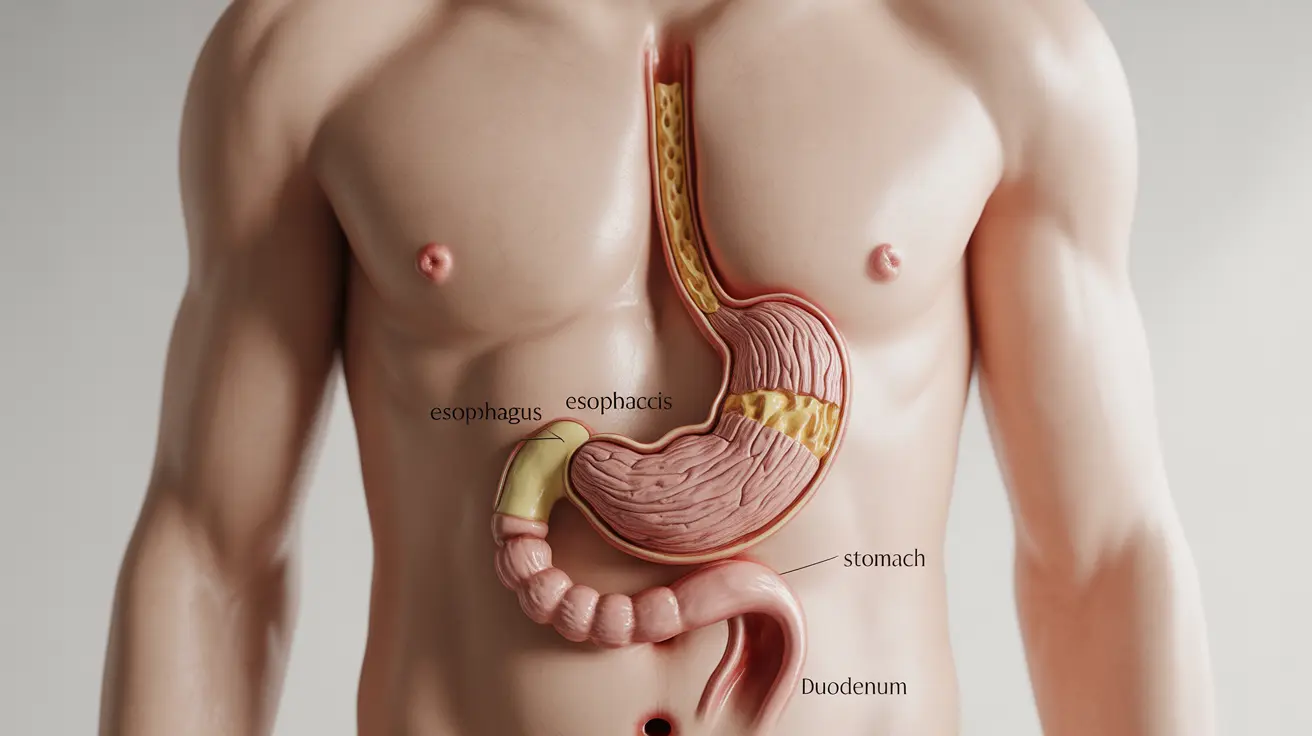Uterine polyp removal is a common gynecological procedure that helps address abnormal uterine growths and their associated symptoms. This medical intervention can significantly improve quality of life and reproductive health for many women experiencing complications from uterine polyps.
If you're considering or scheduled for uterine polyp removal, understanding the procedure, its benefits, and what to expect during recovery can help you feel more confident about your treatment journey. Let's explore everything you need to know about this important medical procedure.
What Are Uterine Polyps and When Is Removal Necessary?
Uterine polyps are soft tissue growths that develop in the inner lining of the uterus (endometrium). While not all polyps require removal, certain symptoms and circumstances may indicate the need for surgical intervention:
- Abnormal uterine bleeding
- Heavy menstrual periods
- Bleeding between periods
- Post-menopausal bleeding
- Infertility concerns
- Large or multiple polyps
- Suspected precancerous changes
Methods of Uterine Polyp Removal
Hysteroscopic Polypectomy
The most common method for uterine polyp removal is hysteroscopic polypectomy. This minimally invasive procedure involves:
- Insertion of a thin, lighted telescope (hysteroscope) through the cervix
- Visualization of the uterine cavity
- Removal of polyps using specialized surgical instruments
- No external incisions required
Other Surgical Approaches
In some cases, alternative methods may be recommended:
- Curettage (D&C) with hysteroscopy
- Traditional surgical removal for larger polyps
- Combined procedures for complex cases
Preparing for the Procedure
Proper preparation can help ensure a successful outcome. Your healthcare provider will typically:
- Review your medical history
- Perform necessary pre-operative tests
- Discuss anesthesia options
- Provide specific instructions about medications and fasting
- Schedule the procedure during optimal timing in your menstrual cycle
Recovery and Aftercare
Most patients experience a relatively straightforward recovery after uterine polyp removal. The typical recovery process includes:
- Rest for 24-48 hours post-procedure
- Light cramping and spotting for several days
- Gradual return to normal activities within a week
- Follow-up appointment to ensure proper healing
Long-term Outcomes and Prevention
Understanding the long-term implications of uterine polyp removal is crucial for ongoing health management:
- Regular gynecological check-ups
- Monitoring for recurrence
- Hormone management when appropriate
- Lifestyle modifications to support uterine health
Frequently Asked Questions
What are the common symptoms that indicate the need for uterine polyp removal? Common symptoms include irregular menstrual bleeding, heavy periods, bleeding between periods, and post-menopausal bleeding. Some women may also experience fertility issues or pelvic pain.
How is uterine polyp removal performed and what techniques are most commonly used? The most common technique is hysteroscopic polypectomy, which uses a thin telescope inserted through the cervix to view and remove polyps. This minimally invasive procedure typically requires no external incisions and can often be performed as an outpatient procedure.
What are the risks and possible side effects after uterine polyp removal surgery? While generally safe, potential risks include infection, bleeding, cramping, and rare complications like uterine perforation. Most side effects are mild and temporary, including light bleeding and cramping for a few days post-procedure.
How long does recovery take after uterine polyp removal and what should I expect during the healing process? Recovery typically takes 1-2 weeks, with most women returning to normal activities within a few days. Expect light bleeding and mild cramping initially, with gradual improvement over the first week.
Can uterine polyp removal improve fertility and reduce the risk of recurrence? Yes, removing uterine polyps can improve fertility in women with fertility issues related to polyps. While polyps can recur, regular monitoring and appropriate medical management can help reduce this risk.




